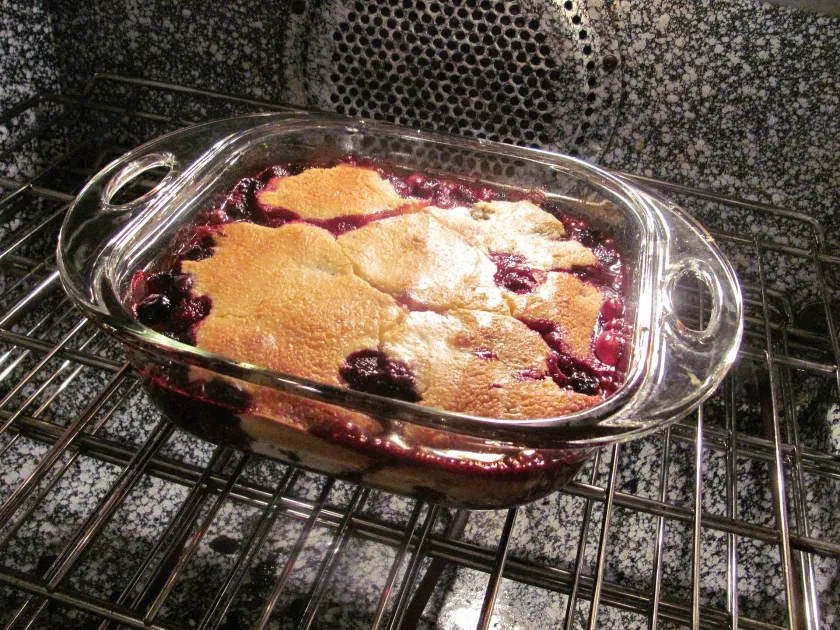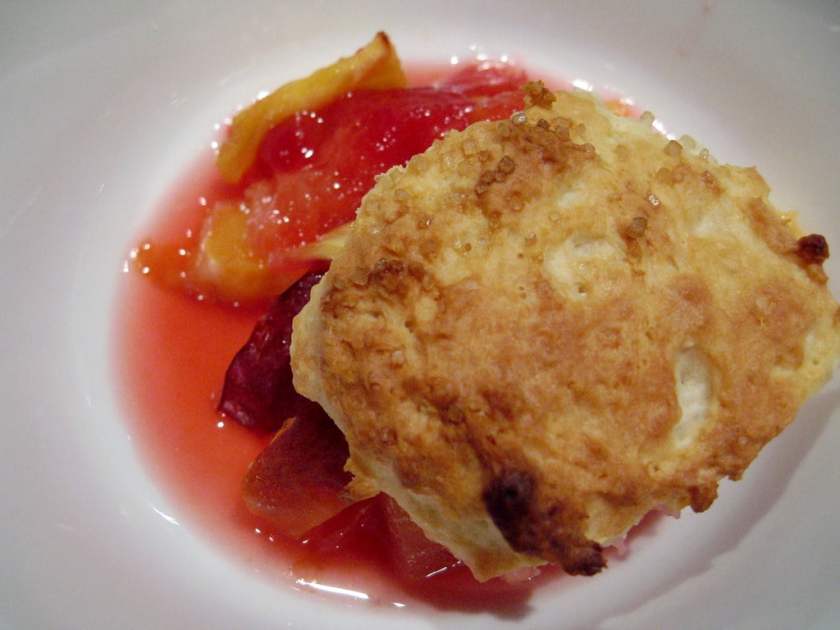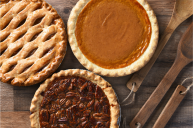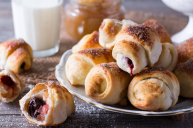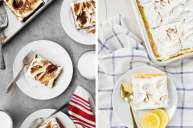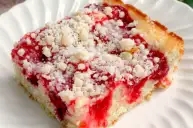You know what a pie is, right? Doesn't matter if it's single crust, double crust or hand pie, pie is pretty easy to define. We've shared some of our favorite pie recipes with you, along with our tips for making the perfect pie crust. But pie isn't the only game in town. We also have strong opinions on cobbler (definitely a good thing). If you're curious what the difference is with cobbler vs pie, we've got you covered.
Videos by Wide Open Country
A pie can sweet or savory; in fact, tomato pies are one of our favorite summer recipes and pot pies are always a welcome dinner dish. A pie can be topped with a crust, a topping of meringue, whipped cream, or a streusel topping. Occasionally, it's folded over so that you can carry it around. You can also make a rustic pie, called a galette, where the bottom crust is folder part of the over, creating a rough flat crust around the edge of the pie.
So, if we know what a pie is, then what is the definition of a cobbler?
Cobbler vs. Pie: The Definition of a Dessert
The defining difference between cobbler vs. pie really comes down to the crust (or lack thereof). A pie, whether sweet or savory, always has a bottom crust, while a cobbler doesn't.
A cobbler is a baked fruit dessert without a bottom crust and the top crust is a kind of biscuit dough instead of a traditional pastry or pie dough. While almost all fruit pies need some kind of pie pan, you can bake a cobbler in any kind of baking dish, using almost any kind of fruit.
History of the Cobbler
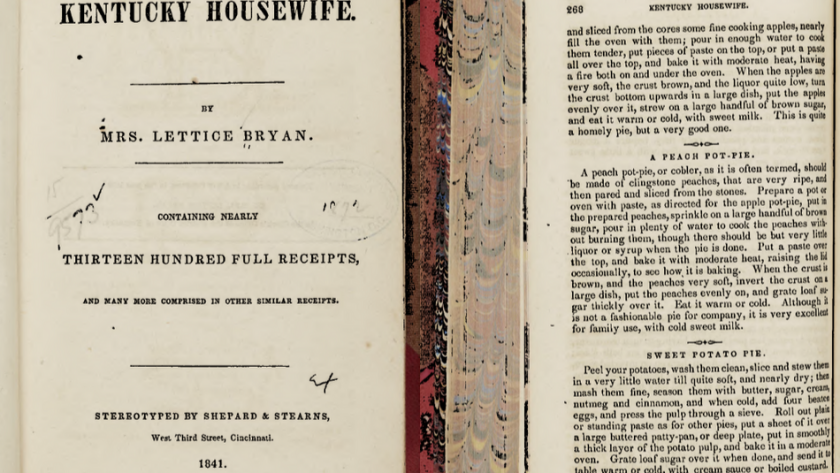
Library of Congress
From the beginning, it seems like cobblers were a way to easily use up extra fruit. They were considered everyday desserts, something that could be thrown together without much planning or work.
The first recorded recipe for a peach cobbler was printed in the 1839 cookbook The Kentucky Housewife written by Lettice Bryan. The recipe was for "a peach pot pie" and called for the peaches to be pared from the stone and placed in a baking dish with a large handful of brown sugar on top and plenty of water so as not to burn the peaches. A layer of pastry was placed on top. After baking, the dish was inverted so that the pastry was on the bottom and the peaches were placed evenly on the crust, then sugar was grated over the top of the fruit.
Some early cobbler recipes called for the peaches to be baked whole (pits and all) in a double crust, but in the late 1800s, cobblers were moving to the no bottom crust method, either in baking or serving. An 1889 edition of the Good Housekeeping magazine outlined the inverted crust method for a peach cobbler, but on the same page, a recipe for a berry cobbler called for using a deep dish with no under crust.
What's Your Crust Type?
Since pies have crust and cobblers do not, this adds a whole extra aspect to pies- the variety in crusts! A single, one-layer crust is what you think of when you picture a piece of pie; just a crust on the bottom. However, there's also the double crust, in which you have one crust on bottom and one on top. Another kind is cookie crusts, which are typically made with Oreo cookies or graham crackers.
There are also crumb crusts, which are exactly what they sound like and are reminiscent of a berry crisp. Lastly, the fanciest pie crust are lattice ones or decorative cut-out ones, which can be shaped into any number of different designs. Which pie crust is your favorite?
A pie can be a bit fussy. You want a tender and flaky crust, and you don't want the fruit filling to be too liquid; it's a fine line to walk and it takes some practice.
A fruit cobbler, on the other hand, is infinitely more simple. Basically, it's a deep-dish fruit casserole. Just drop some biscuit dough on top of frozen or fresh fruit and let it bake until the fruit filling is syrupy and the biscuit topping is golden brown. That's another big difference between these two iconic desserts- a successful pie can't be made by just anyone in any amount of time, and the more complex recipes could take a day. Cobblers, on the other hand, are simple and pretty difficult to mix up.
To be fair, the biscuit topping is the subject of some debate. Some bakers go with a dry and crumbly shortcake type of biscuit, while others prefer a thicker dumpling-style topping. Some cobbler recipes use a cake batter-type topping. The one thing all cobblers agree on is that if you're topping is made up of primarily brown sugar, butter and oats, you've got yourself a crisp or crumble instead.
While many American cobbler recipes call for fresh ripe fruit, you can use frozen fruit as well. You might need to add some kind of thickener like cornstarch or arrowroot to make sure the fruit is on the syrupy side, but it's a great way to get a bite of summer in the middle of a cold, wet winter.
No matter where you fall on the cobbler vs pie spectrum, one thing everyone can agree on is that a dollop of vanilla ice cream goes great with them all!

